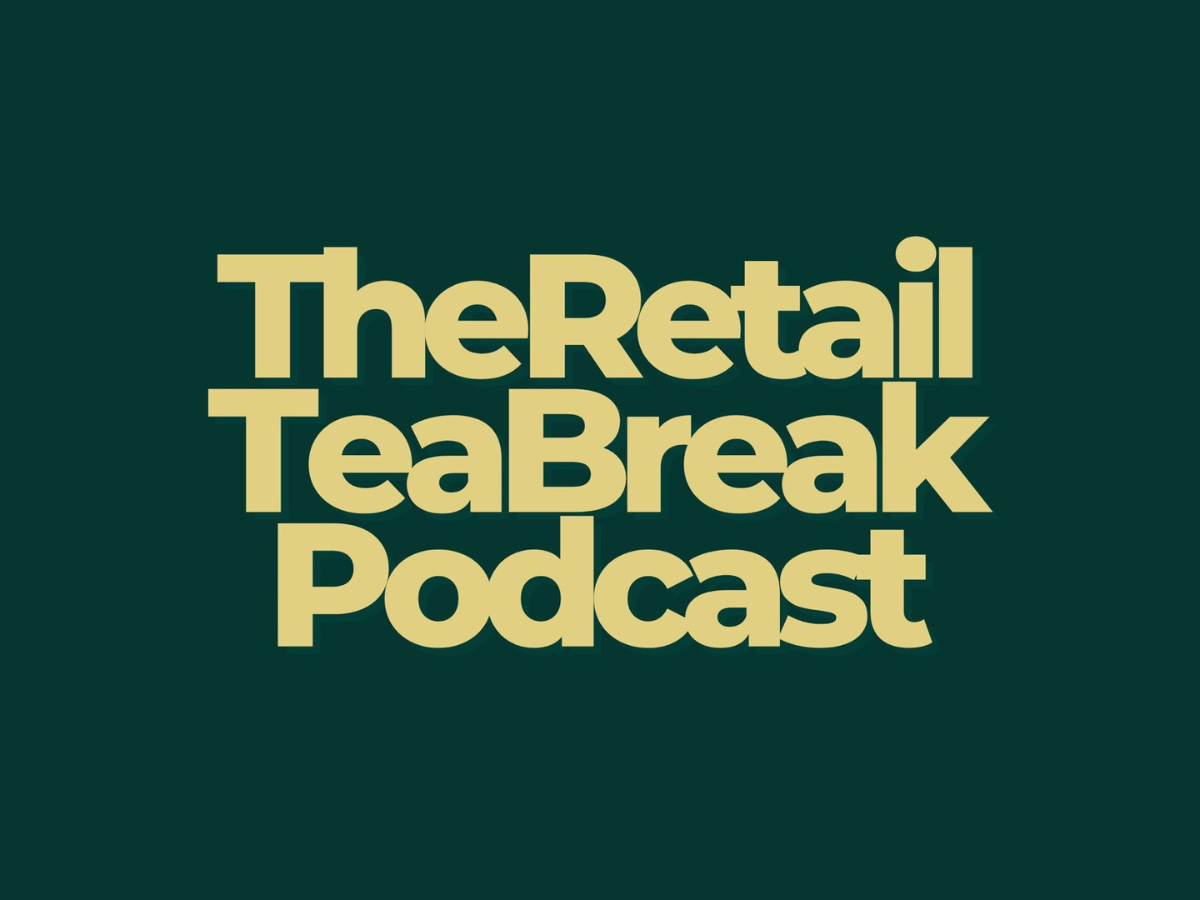RevLifter on The Retail Tea Break podcast - Why most retailers are wasting money on promotions

Most retailers are stuck in a promotion death spiral.
They offer blanket discounts to hit sales targets. Margins shrink, and brand value erodes. Then they do it all over again next quarter.
Dan Bond, VP of Marketing at RevLifter, joined host Melissa Moore on The Retail Tea Break Podcast to explain why this approach destroys more value than it creates—and what to do instead.
The problem with promotions hasn't changed in 150 years
Promotions were invented in the late 19th century as metal tokens. You could be swap one for a free Coca-Cola at the pharmacy. (Yes, really.)
The delivery method evolved—from paper coupons to email codes to automatic discounts. But the strategy stayed the same: throw discounts at everyone and hope for the best.
The result? Customers who would have paid full price get unnecessary discounts. Margins vanish. And your brand starts looking like a discounter.
What makes promotions "intelligent"
Bond's team at RevLifter uses behavioral data to answer two questions:
- Who should see an offer (and who shouldn't)
- What's the minimum discount needed to convert them
Someone browsing product pages needs different incentives than someone at checkout. A first-time visitor behaves differently from a returning customer who abandoned their cart twice.
"We're not just trying to drive conversions," Bond explained. "We're trying to protect margins and brand value by only showing discounts to people who need them."
The loyalty program trap
Small and medium retailers often dream of building the next Marks & Spencer Sparks card—a complex program with points, tiers, and dedicated teams.
Bond's advice? Don't.
"You've only got three things you're trying to do: get more people to buy, spend more, and do it more often," he said.
Most loyalty programs boil down to offering discounts or rewards anyway. So keep it simple:
- Focus on getting customers from purchase one to purchase two
- Skip the complicated point systems that confuse everyone (including your customers)
- Use the same motivators that drove the first purchase
The elaborate programs mostly just create friction. Your customers want the reward, not a math problem.
Peak season is for learning, not just selling
The golden quarter brings more traffic and conversions, making it the perfect time to test what actually works.
Bond suggests starting with something most retailers never touch: the welcome discount.
"Most retailers stuck 10% or 15% on there years ago and never tested it," he said. "That's where you start."
Test different discount levels. Try free shipping instead. Offer a free gift. Then look past the obvious metrics.
Sure, 15% off drives more signups than 5% off. But which customers have better lifetime value? Which ones actually use the discount? What's the real margin impact?
(The answers might surprise you.)
Common mistakes that kill performance
The team at RevLifter sees the same patterns repeatedly:
Overusing promotions. Once you start the discount cycle, it's hard to stop. Customers expect it. Performance drops when you pull back.
Offering the same discount everywhere. Someone browsing your homepage has different intent than someone at checkout. Treat them differently.
Never testing anything. That 10% welcome offer has been running for three years. Nobody knows if 8% would work just as well or if 20% would transform the business.
Ignoring the data you already have. Your email segments and CRM data can inform smarter promotion strategies right now. You don't need fancy technology to start thinking about this differently.
The future
The long-term vision: retailers shouldn't need seasonal sales.
If you understand demand for every product and adjust pricing dynamically through targeted promotions, everything sells at the right rate. There are no overstocks, desperate clearances, or landfills.
"That's probably a fantasy," Bond admitted. "Retailers love a big seasonal sale. It brings attention to the brand."
But the technology is getting closer. RevLifter's platform is moving toward automatically analyzing site data, identifying gaps, and recommending specific offers for specific products and customer segments.
The goal is to simplify promotion management by clicking "yes" or "no" on intelligent recommendations.






